We spotted one of our featured inventors from our Time Travel topic in First News! The article was about Ada Lovelace who invented the first computer program.
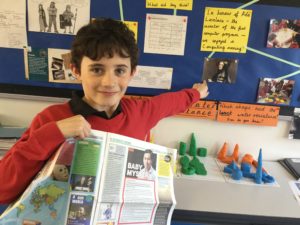
Great reading! Keep it up!
We spotted one of our featured inventors from our Time Travel topic in First News! The article was about Ada Lovelace who invented the first computer program.

Great reading! Keep it up!
This week’s Science is all about levers. As a short introduction, to learn the parts of a lever, Y5 were challenged to make a balanced lever using a pencil, ruler and two coins.
Challenge your child! In our mini lever, which part was the:
Some of us managed it to make our levers balanced!


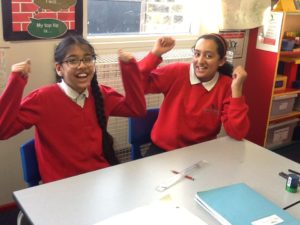
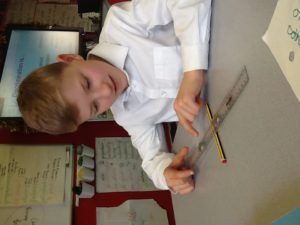
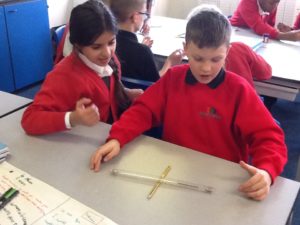
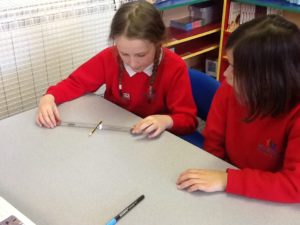
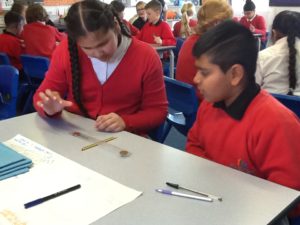
In this week’s Living and Learning lesson, our topic was discrimination. But first, we watched a video about Welsh rugby legend, Gareth Thomas, and thought of adjectives to describe him.
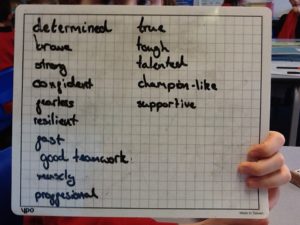
Next, we discussed a recent news story where Gareth Thomas was targeted in a homophobic attack. This means that he was assaulted because he is gay.
Gareth Thomas decided to use restorative practice and to sit down with his attacker and talk. He said: “I thought the perpetrator would learn more that way.” We discussed how the following words were just as applicable for his actions after being attacked as well as playing rugby.
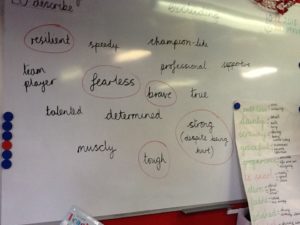
We talked about discrimination against other groups of people, too. We defined sexism, racism, disablism and homophobia.
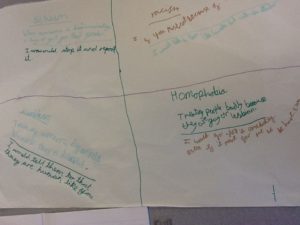
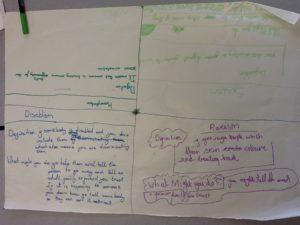
Importantly, we discussed what to do if you see or hear any discriminatory behaviour or what you should do if it happens to you.
You should call it for what it is. For example, “That’s discrimination and that’s not ok.” You should tell an adult or someone you trust. Being open and honest with what you see or what happens can help everyone to learn.
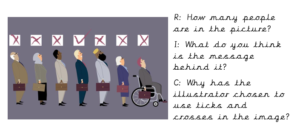
We linked our L&L to our reading, using a RIC (Retrieve, Infer and understand writer’s Choice). This helped us discuss who might be discriminated against and that it’s not right because everyone should be treated fairly and given the same opportunities.
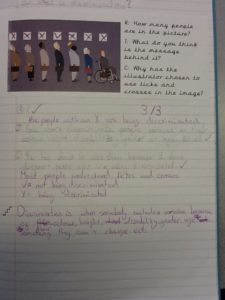
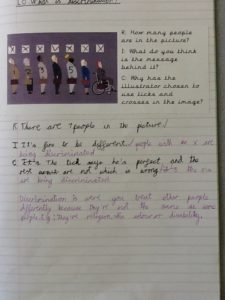
Challenge your child: Can they tell you a definition for discrimination without looking? Do they know what to do if they see or hear it happening?
In Science, this week, Year 5 have been learning about water resistance. We set up an experiment that would test which plasticine shapes were the most and least water resistant using large cylindrical flasks of water.
 #
#
Next, we planned our different shapes within our groups.
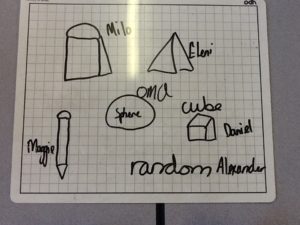
Using the same sized lump of plasticine, we then made each of our shapes. Challenge your child: Why was it important to use the same size blob of plasticine?
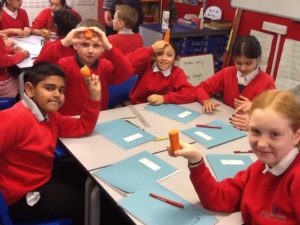

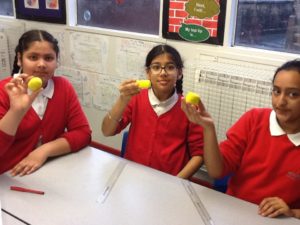

In order to test the water resistance, we dropped shape 1 and 2 into the tubes. Every round, the fastest shape would advance. At the end, we were left with the fastest shape and therefore the shape with the least water resistance.
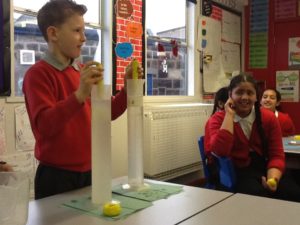
Action replay 1 – Notice how the garlic bulb shape on the right fell a lot slower. This is because it had a very flat surface on the bottom which increased the water resistance.

Some races were so close that we needed a slow-mo replay from our chief photographer, Mr Wicks, who was able to get a screen shot of an action replay to determine which touched the bottom first!

Shapes that were more streamlined and thinner (e.g. cones) had less water resistance and fell quicker. Shapes that had flat faces or were bulky (e.g. cubes) had more water resistance and they fell really slowly. It was great to see it happening before our very eyes!
(Sometimes, it didn’t always go to plan: blooper 1 and blooper 2.)
| Year 3/4 Statutory Spellings |
| This week’s spelling activity is formed using words that are from the Year 3/4 statutory spellings list. All children should already know these words but should choose some they are less confident with and practise those. Can you show them in a creative way? Can you write them in your own sentences? Can you write a character or setting description and use parenthesis? |
And the winner is…

Year 5’s chosen charity (the World Wildlife Fund) eventually went on to be chosen by our school council as Moortown’s new charity.
Here’s an extract from their website:
The world’s leading conservation organization, WWF works in 100 countries and is supported by more than one million members in the United States and close to five million globally. WWF’s unique way of working combines global reach with a foundation in science, involves action at every level from local to global, and ensures the delivery of innovative solutions that meet the needs of both people and nature.
To test the science behind the parachute slowing us down when running, we set up an experiment involving parachutes, eggs and a window.
Year 5 worked in groups to make three different parachute sizes. We wanted to investigate which parachute had the most air resistance and therefore slow the egg’s fall the most to prevent it from breaking. It was important to keep everything else the same so that we could tell that it was definitely the parachute size affecting the results.
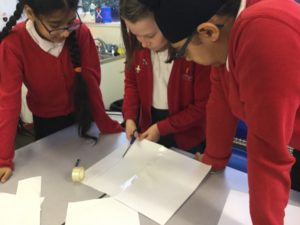
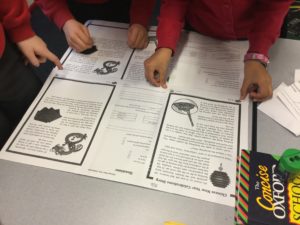

Next, it was the moment of truth. We waited patiently below to observe the speed of the parachute’s fall and whether or not our eggs cracked. A slower fall would mean more air resistance and, ultimately, an egg in less danger!
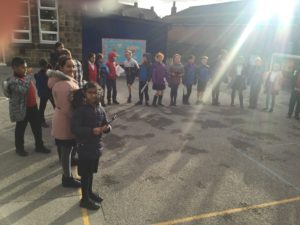
We found that the larger parachutes fell slower and had more success protecting their eggs. Smaller parachutes fell very quickly to the ground. This means larger parachutes have a greater air resistance and smaller parachutes have less air resistance.
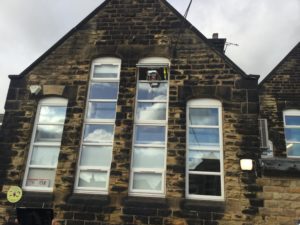
This week, Year 5 have been learning about air resistance! Here’s our post to get you up to speed on our sprinting experiment. Hope it’s not a drag!
We had three participants who first ran from the gate to the gazebo and back without the parachute on (shown here by our fantastic photographers) and these were timed.
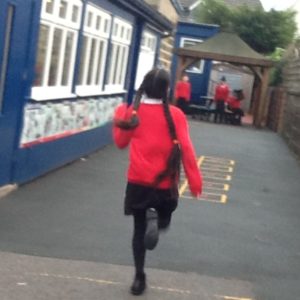
The same people ran again but this time with a parachute attached to their back and timed again.
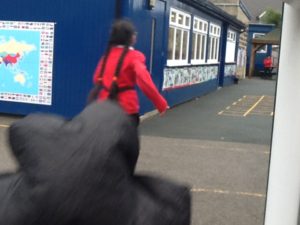
All three participants were much slower on their second run. Challenge your child to explain the science behind it!
Our participants said:
This week’s homework is Practice Makes Perfect:
I can find the perimeter of regular shapes and the area of compound shapes.
Children must find the perimeter of the white shapes A-D and then the area of the compound shapes E, F and G, using our learning from maths this week.
As always, if you need any help before the homework is due on Thursday 06 December, please come in and see me.
| Year 5 Statutory Spellings | ||||
| This week’s spelling list is formed using words that are from the Year 5/6 statutory spellings list. All children need to know these words by the end of year six. If you don’t know what any of the words mean, find out! Can you show them in a creative way? Can you write them in your own sentences? | ||||
| achieve | ancient | category | communicate | definite |
| embarrass | excellent | physical | rhyme | stomach |